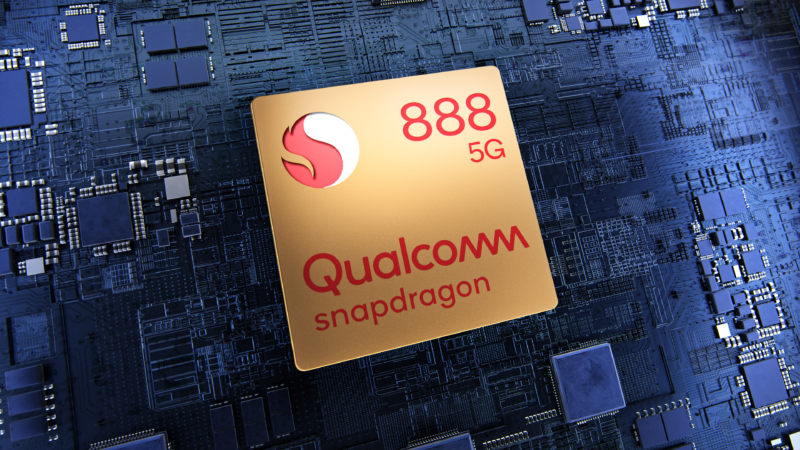Qualcomm promises three years of Android updates for its entire SoC lineup

Enlarge / The Snapdragon 888, sitting on the world's biggest ARM motherboard. (credit: Qualcomm)
Google and Qualcomm are teaming up to enable a longer support window for flagship Android smartphones. Qualcomm, with Google's help, will now support its chipsets for three years of major OS updates and four years of security updates, enabling a better-than-Pixel level for all future Android phones, provided your OEM is willing to cooperate. This policy is starting with the flagship Snapdragon 888, but even lower-end chips will be supported. Qualcomm PR tells us "the plan is to roll this out to all Snapdragon chipsets, including lower-tier ones, but starting the new Snapdragon 888 platform."
Part of the challenge of Android updates is the continuous chain of software custody that has to be maintained, across several companies, from the Android repository to your phone. Google and Qualcomm now say they are willing to pass the update baton to OEMs for three major updates and four years of security updates, but OEMs will actually need to update their Android skins and ship working builds to each of their devices. If they don't, we at least know who to blame now.
Qualcomm and Google's blog posts both contain the same phrasing, that they will "support 4 Android OS versions and 4 years of security updates." Read that quote closely and you'll spot two different units of measurement happening there, which some people have misinterpreted. While there are four years of security updates, the two companies are counting the initial release of Android in their quote of "4 Android OS versions," so it's three years of major Android updates, not four years. We double-checked with Qualcomm and got back "Qualcomm will support the launch version + 3 OS upgrades, for a total of 4 major Android OS versions. Snapdragon 888 will support Android 11, 12, 13, and 14."
Read 7 remaining paragraphs | Comments
from Tech – Ars Technica https://ift.tt/3r4ieCg
Comments
Post a Comment